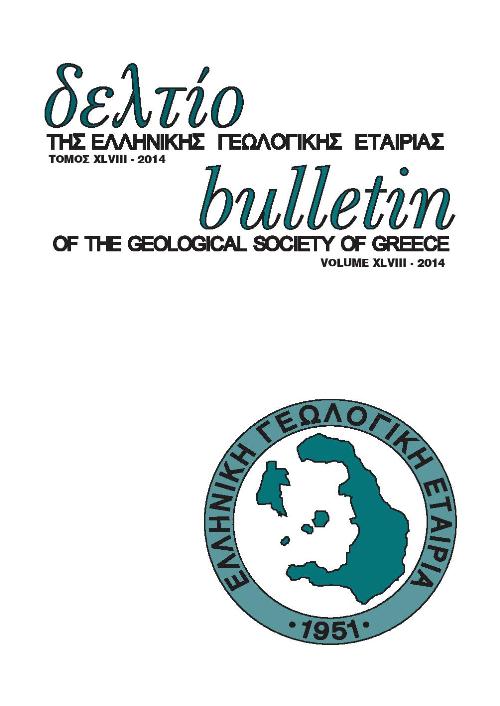UNMANNED AERIAL VEHICLES FOR GEOLOGICAL APPLICATIONS

Abstract
Remote Sensing and photogrammetric techniques have always been used in geological applications. Current advancements in the technology behind Unmanned Aerial Vehicles (UAVs), in accordance with the consecutive increase in affordability of such devices and the availability of photogrammetric software, makes their use for large or small scale land mapping more and more popular. With the UAVs being used for mapping, the problems of increased costs, time consumption and the possible accessibility problems -due to steep terrain-, are all solved at once. In this study, a custom-made UAV with 2 cameras onboard, is used to monitor two complex –regarding their topography- regions in Western Greece. One open pit limestone mine and a landslide occurring on sandy-clayous sediments. Both regions were mapped using surveying instruments like tachymeters and geodetic GPS, as well as using the aforementioned UAV system. 3D models of both regions were created using off-the-shelf photogrammetric software. For the creation of the 3D models, multiple targets were placed on the ground, to indicate GCPs with precisely known coordinates that could be identified in the high-resolution air photos, in order to maintain low Root Mean Square Error, while creating the DSMs and Orthophotos. In addition, the fish-eye effect caused by the cameras’ wide-angle lens was taken into consideration, regarding whether or not it affects the models’ overall geometric accuracy. Finally, the 3D models were compared to the survey measurements and the results are presented in this paper.
Article Details
- How to Cite
-
Nikolakopoulos, K., Koukouvelas, I., & Argyropoulos, N. (2016). UNMANNED AERIAL VEHICLES FOR GEOLOGICAL APPLICATIONS. Bulletin of the Geological Society of Greece, 50(3), 1662–1671. https://doi.org/10.12681/bgsg.11889
- Section
- Remote Sensing and GIS

This work is licensed under a Creative Commons Attribution-NonCommercial 4.0 International License.
Authors who publish with this journal agree to the following terms:
Authors retain copyright and grant the journal right of first publication with the work simultaneously licensed under a Creative Commons Attribution Non-Commercial License that allows others to share the work with an acknowledgement of the work's authorship and initial publication in this journal.
Authors are able to enter into separate, additional contractual arrangements for the non-exclusive distribution of the journal's published version of the work (e.g. post it to an institutional repository or publish it in a book), with an acknowledgement of its initial publication in this journal. Authors are permitted and encouraged to post their work online (preferably in institutional repositories or on their website) prior to and during the submission process, as it can lead to productive exchanges, as well as earlier and greater citation of published work.





